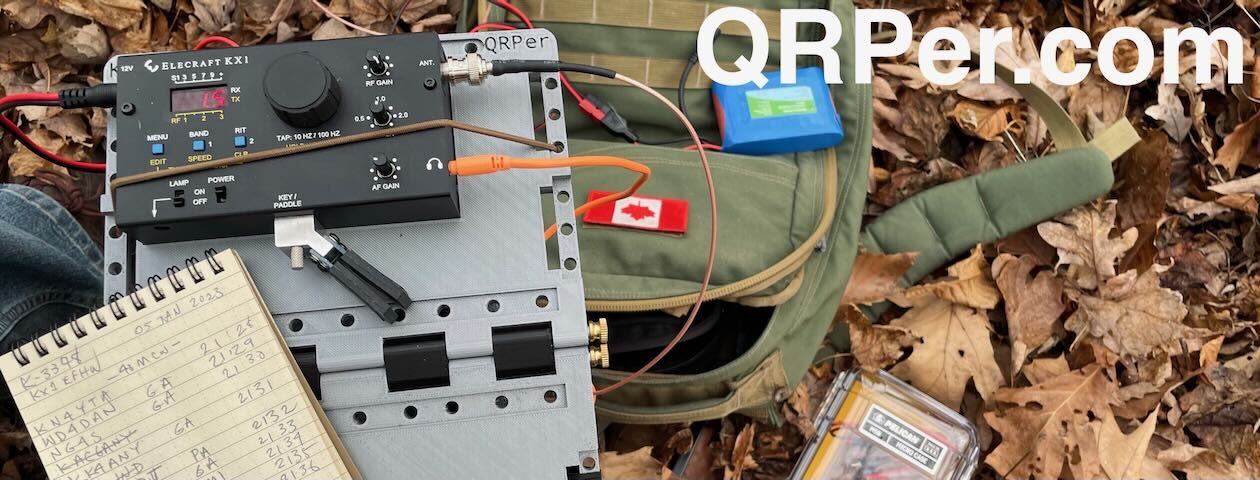 As I mentioned in a previous post, I attended the W4G SOTA Fall Campout in October and it was nothing short of amazing.
As I mentioned in a previous post, I attended the W4G SOTA Fall Campout in October and it was nothing short of amazing.
It was so great to spend an extended weekend camping, hiking, and hopping on the air with other SOTA activators.
I especially enjoyed getting to know Joshua (KO4AWH)–the fellow behind Tufteln products— over that weekend. He needed a campsite and since my buddy Monty had to pull out of the trip due family activities, I was happy to share the tent site with him. It actually worked out quite well since we could then pair up and car pool to our SOTA and POTA activations.
What follows is a field report for two SOTA activations Joshua and I did back-to-back on Friday, October 14, 2022.
The trail head for both of these summits was only a few miles from our campsite at Lake Winfield Scott.
Gear:
Note that I used the same gear during both SOTA activations all packed in my Spec-Ops Brand SOTA backpack.
- Elecraft KX2 and KXPD2 Paddles
- tufteIn EFRW QRP Antenna Long Wire
- Spec-Ops Brand T.H.E. Pack EDC (click here for a tour of this pack)
- Elecraft KXBT2 Li-Ion Battery Pack
- Mini Arborist throw line kit: Tom Bihn Small Travel Tray, Marlow KF1050 Excel 2mm Throwline, and Weaver 8 or 10oz weight
- Tom Bihn Large Travel Tray
- Rite In The Rain Weatherproof Cover/Pouch (affiliate link)
- Moleskine Cahier Journal (affiliate link)
- GraphGear 0.9mm 1000 Automatic Drafting Pencil (affiliate link)
- HEROCLIP Carabiner Clip (attached to my backpack–affiliate link)
- G7UHN FT-817 Buddy Board (v2 Prototype)
- Camera: OSMO Action Camera (affiliate link)
 Black Mountain and Big Cedar essentially share the same trailhead at the Woody Gap Recreational Area parking lot on Highway 60.
Black Mountain and Big Cedar essentially share the same trailhead at the Woody Gap Recreational Area parking lot on Highway 60.
We were on site early enough to grab a parking space. Keep in mind that it was Friday during leaf season, so there were quite a few hikers on the trails that day! In fact, by midday, the parking lot was overflowing with cars.
Almost by flip of coin, we decided to hit Big Cedar Mountain first. Turns out, Joshua had actually hiked to this summit in the past and even met a SOTA activator en route (and I believe this might have been his inspiration to try Summits On The Air!).
Big Cedar Mountain (W4G/NG-023)
 The 1.1 mile hike to the summit of Big Cedar Mountain was brilliant and the views were absolutely stunning. Continue reading Field Report: QRP SOTA and POTA on Big Cedar and Black Mountain in North Georgia
The 1.1 mile hike to the summit of Big Cedar Mountain was brilliant and the views were absolutely stunning. Continue reading Field Report: QRP SOTA and POTA on Big Cedar and Black Mountain in North Georgia




























































